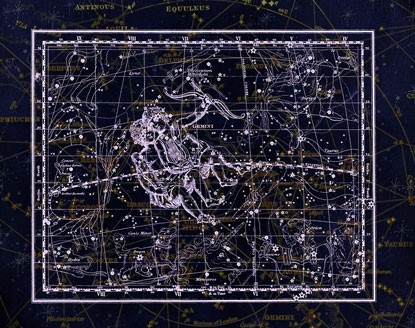Tips for success
According to Ron Thompson of Southern Maine Astronomers, some library telescope programs are highly successful, with multiple telescopes and long waiting lists, while others have only one telescope that’s rarely checked out.
In a seminar on library telescope programs (Looking Up at the Library: Astronomy, Books and Experiences, 30:18), Thompson offers a few tips.
- Refer waiting list patrons to skymaps.com or provide them with maps so they can start familiarizing themselves with the night sky.
- Another good item for patrons on waiting lists to check out is planispheres (flat, plastic versions of a sky map).
- Cornerstones of Science offers bulk packages.
- Printed charts are still useful because people can write on them.

Marlin Day, manager of Alachua County Library District’s Newberry branch, says that their telescope came without a case. “I would recommend that any other libraries that start the program require that the telescope come equipped with a way to transport it easily and that will alleviate inadvertent damage.”
A few more tips for success come from Tom Lynch of Sidewalk Astronomy and the Library Telescopes Facebook group.
- Promote the telescope program in as many places as possible to reach as many people as possible.
- Local press.
- Community Facebook pages.
- Library Facebook page.
- Make the telescope visible (but not accessible) to library patrons— for instance, in a locked case or behind a window.
- Hang poster-sized photos of the telescope in various places within the library.
- Consider having an amateur astronomer available in your library.


